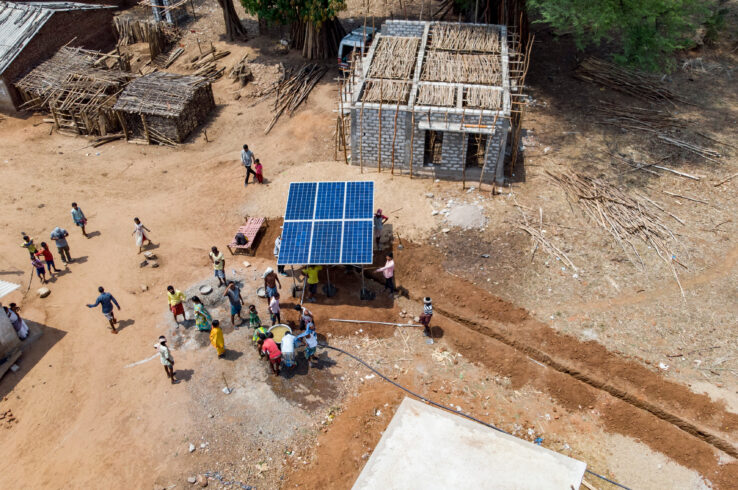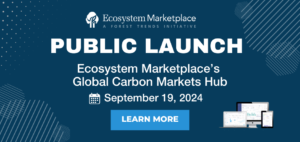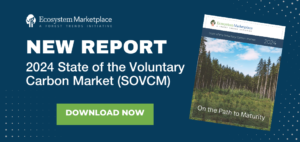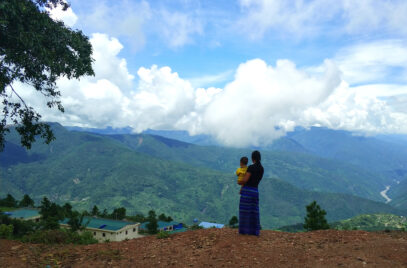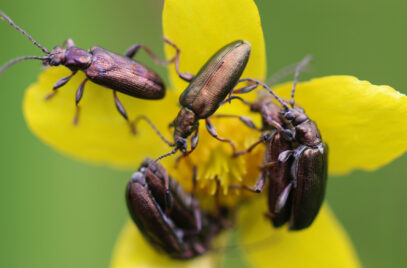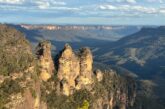
How to Make Trees Worth More Standing Than Cut Down
West of Sydney, Australia, lies the Blue Mountains, a range of plateaus and panoramic canyons forested with eucalyptus trees. Oil in the leaves produces a bluish haze, hence the name of the area. Twenty-five years ago, in 1999, a new NGO called Forest Trends brought together a small international group to the town of Katoomba […]
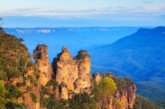
Human wellbeing depends on a stable climate and healthy natural environment. And yet nature is in decline everywhere due to destructive economic activity. The consequences are increasingly clear, with more frequent bushfires, intense storms and floods, crop failure, fisheries collapse, pandemics and spreading tropical diseases, ubiquitous ‘forever chemicals’ and microplastics, mass migration and ensuing social […]

We cannot achieve global climate goals without nature. More than that, nature supports basic needs like clean air and water; it safeguards us against extreme weather like floods; and it supports our wellbeing now and for future generations – just to name a few. The good news: Nature continues to take up more space on […]

The Time is Right for a Forest Moonshot in the U.S.
Here’s something unexpected: In the midst of a deeply polarizing election, Americans actually seem to agree on solutions to climate change. Recent research from USN4C found that an overwhelming, bipartisan majority of U.S. voters support investing in natural climate solutions, such as reforestation, wildfire management, and land conservation. This broad-based, popular support is essential, because […]

There’s high energy out there these days around biodiversity crediting as a tool to achieve “Nature Positive” goals. The World Economic Forum has identified biodiversity credits as a key strategy to unlock finance for nature, and created a dedicated initiative around them. Some carbon market actors tell Ecosystem Marketplace they’re moving into biodiversity as the […]
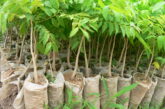
Early Investment is the Key to Carbon Market Success
This article was originally published on the American Forest Foundation blog. The voluntary carbon market is at a crossroads. Carbon project developers and companies both have very specific needs that don’t always align and few avenues to take immediate action. At the American Forest Foundation, we have been exploring a new way of selling carbon […]
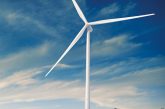
How I learned to stop worrying and love (or tolerate) carbon offsets
Two years ago, I faced a difficult decision. My university voted and then publicly pledged to reduce our greenhouse gas emissions to net zero 2040, and 75% by 2025. I went to the vote wearing my windmill tie for good luck, having vociferously argued our emissions reductions should come from embracing renewable electricity and eliminating […]

